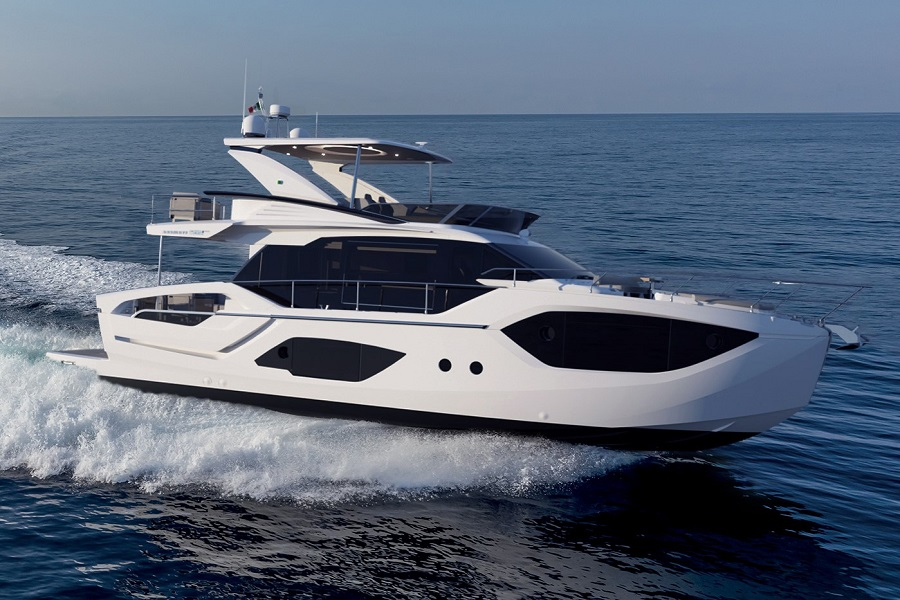 alt="Absolute signatures feature on 52 Fly"/>
alt="Absolute signatures feature on 52 Fly"/>
 alt="Firebird offers old-world charm and pedigree"/>
alt="Firebird offers old-world charm and pedigree"/>
Firebird is the Jaguar E-Type of the seas, a vintage time capsule that’s been modernised with an attention to detail, quality and craftsmanship that harkens back to a time when objects were built to last for generations. She has a collision bulkhead and five watertight compartments, with heavily constructed aluminum hatches that can be dogged down.
I was lucky enough to sail on her on a three-day jaunt from the Yacht Haven Marina in Phuket, catching the wind through the Straits of Malacca bound for Langkawi, Malaysia.
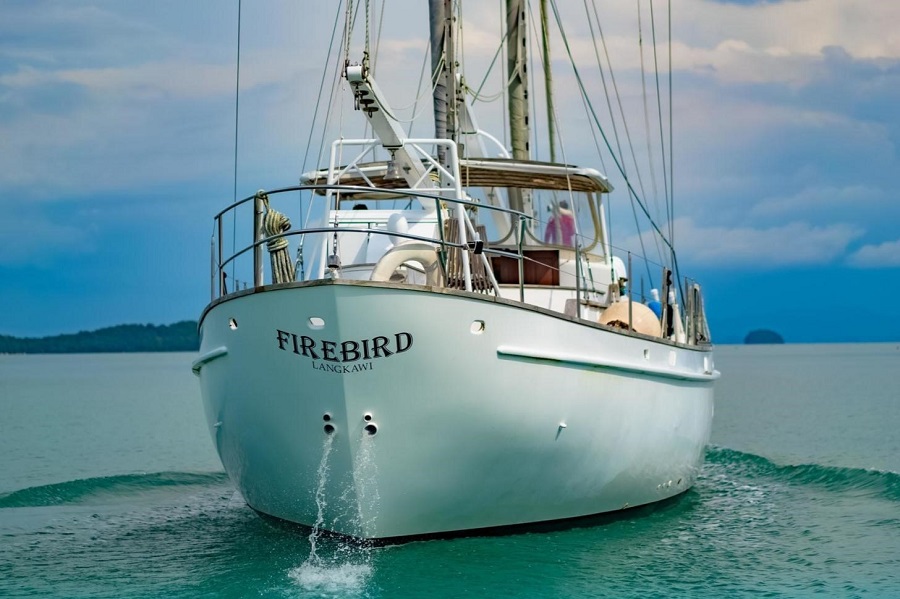
A few hours out of Phuket, while navigating the craft through the Phi Phi Islands, I ascended the private staircase leading from the master stateroom into the aft pilothouse. Gin and tonic in my hand, I was overcome by how natural the craft looked against this cinematic backdrop.
Stepping into the galley to refresh my cocktail, I felt like a combination of James Bond and Leonardo DiCaprio. A sailing experience altogether rugged and refined; a time capsule that feels timeless.
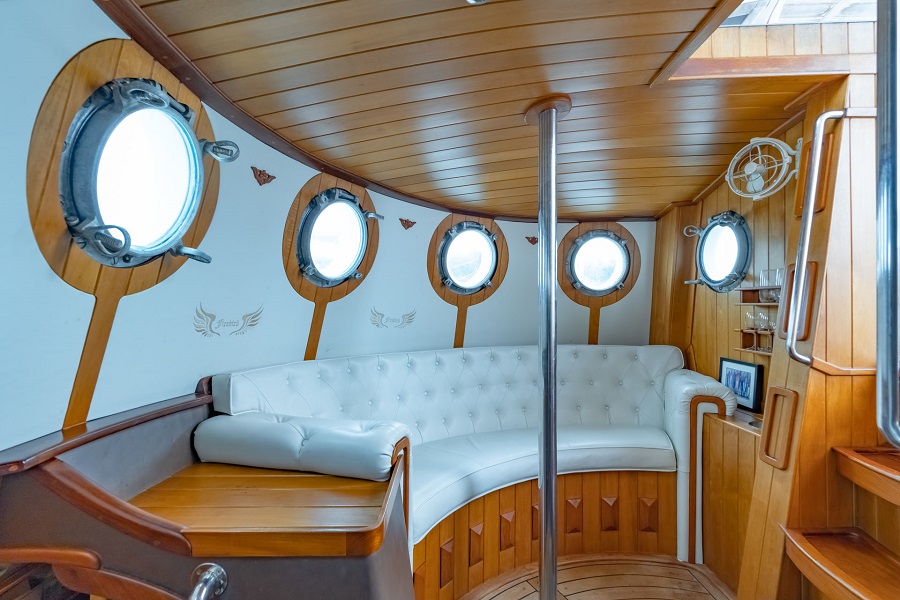
Built to last
Sure, contemporary opulence has its charm in the yacht world. Marinas from Cannes to Catalina Island are awash in sleek but identical black-hulled catamarans and towering, multi-stepped motor yachts.
However, there is a catch to the contemporary superyacht: despite all the features and eye candy that come with a new construction, modern crafts often exude a soulless and generic quality.
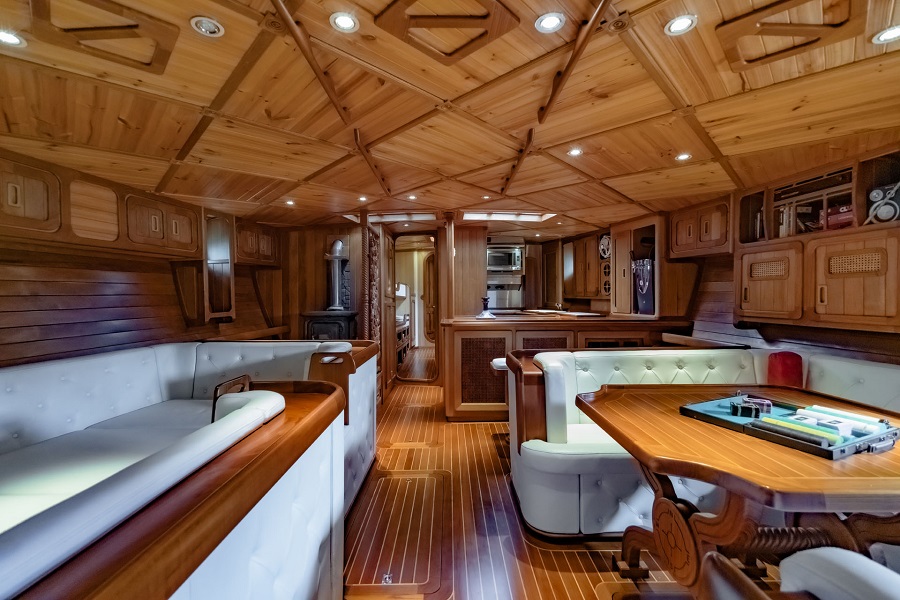
The 84ft Firebird is something different entirely. She projects a kind of ‘heritage luxury’, offering mid-century modern style from an era when first-class travel meant supersonic caviar service. A time when wealthy men still behaved like rugged adventurers.
The focus on craftsmanship starts from the keel up. She boasts three staterooms, including a master with en-suite shower and private staircase. The saloon has recently been reappointed in golden Burmese teak, giving an elegant, 1960s feel to the space. There’s even a daybed in the saloon.
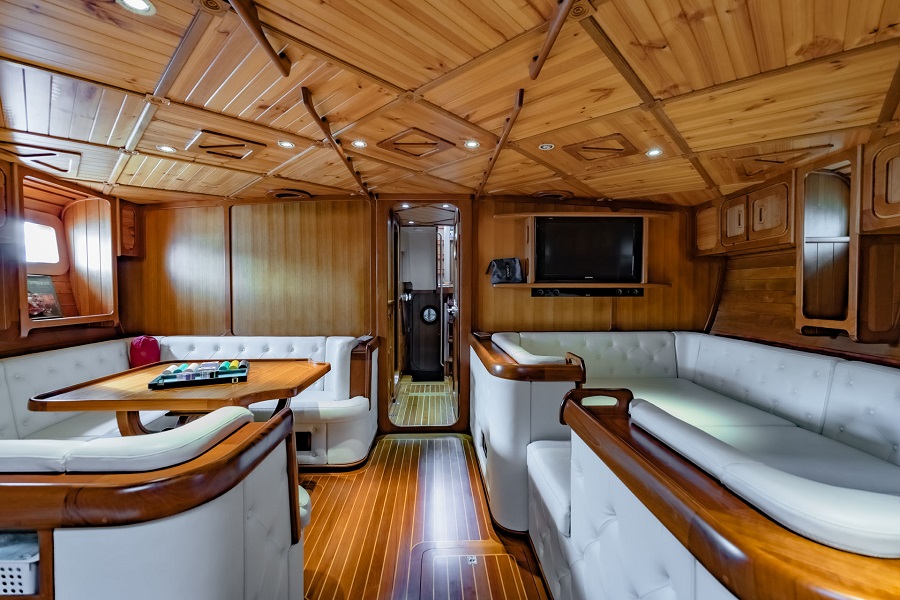
Illustrious history
Commissioned by the Timken family (who had a hand in the design) and laid down in the American heartland of Sturgeon Bay, Wisconsin, by Palmer Johnson, Firebird was the largest aluminum sailboat when she was launched in 1968.
In her 65 years afloat, she has made two Antarctic trips, circumnavigated the globe three times, and even became the subject of an eponymous novel in 2020.
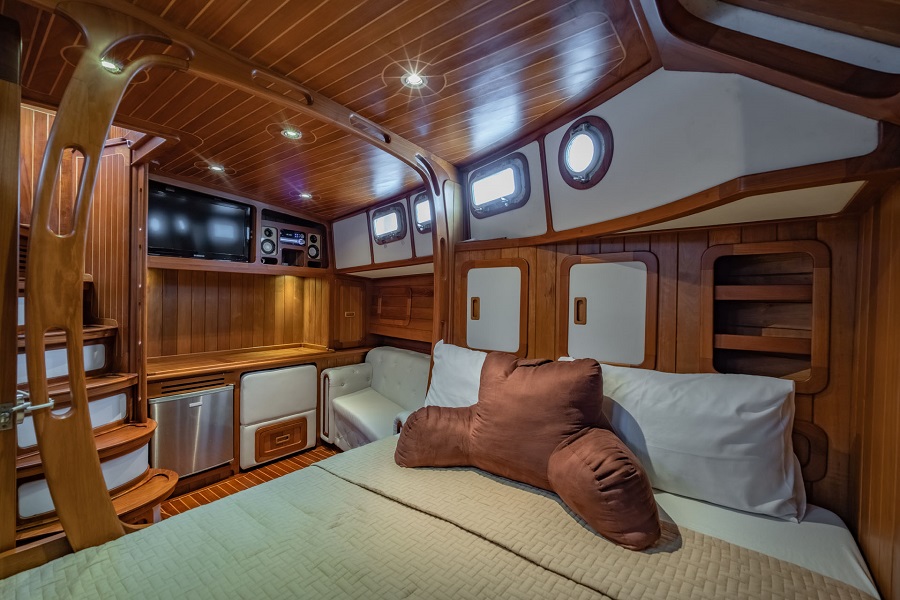
She spent the last part of the 20th century in the Virgin Islands, before moving to Australia in 2009 and undergoing a US$1 million-plus refit. Her current home is in Phuket, Thailand, where the custom interior and deck woodwork have been added by her previous owner.
Additional modernisations include a Raymarine Navigation system, updated networking, LiFePo batteries, Kohler genset, and Victron inverter/solar systems for true off-the-grid independence.
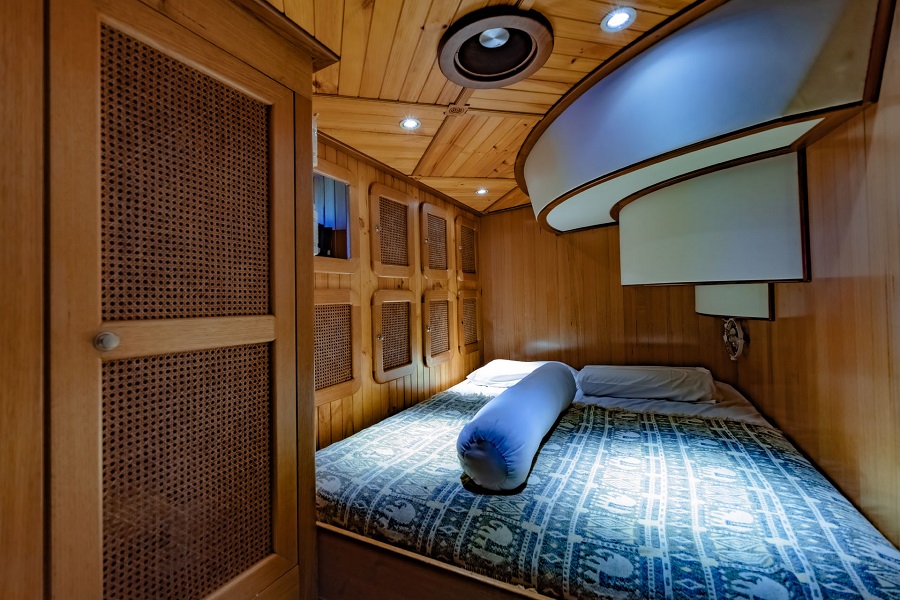
With a beam of 18ft 6in, she is capable of over 200nm per day under sail with a crew of two and the Raymarine Autopilot. The original GM 8V71 engine offers 8-plus knots with a range of 2,500 miles.
Her open deck plan allows for reconfiguration. Want to search lost arctic shipwrecks? Done. How about entertaining VIPs? Also done. The custom woodwork was completed by Teak Timber, a certified supplier of teak in Phuket. A wood-burning stove is provided for those brave enough to navigate the Tierra del Fuego.
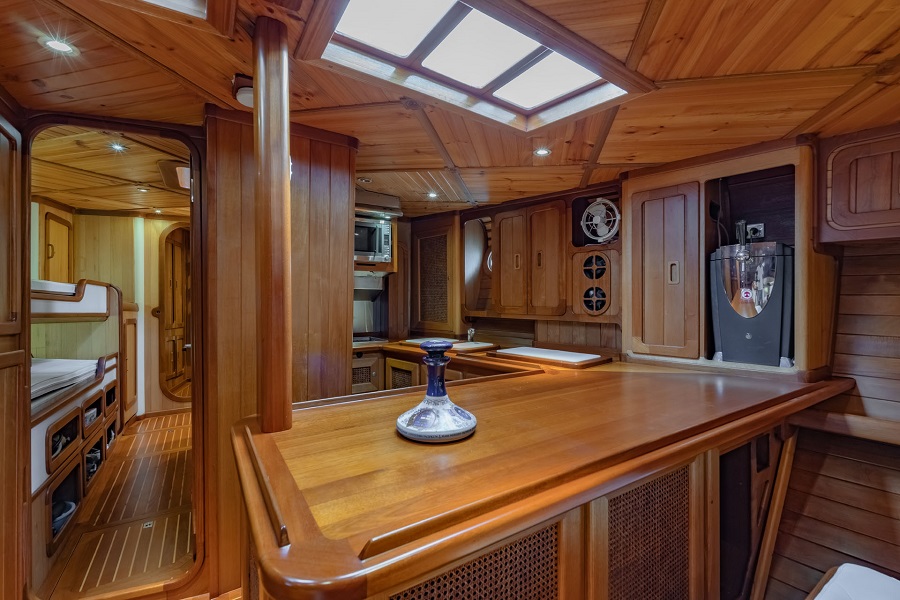
Speaking of teak
Teakwood is a dense, close-grained hardwood native to Southeast Asia. It has a faint aroma of tobacco and amber.
Contemporary Burmese teak, the kind used for Firebird, is “new old stock” and comes from old-growth timber that has been collected prior to recent changes in harvesting practices in Myanmar that discourage the procurement of teak. It’s a finite resource that’s only getting rarer and more valuable.
The typical varieties of farmed teak many people are used to today are harvested much younger and lack the rich, golden colour of old growth.
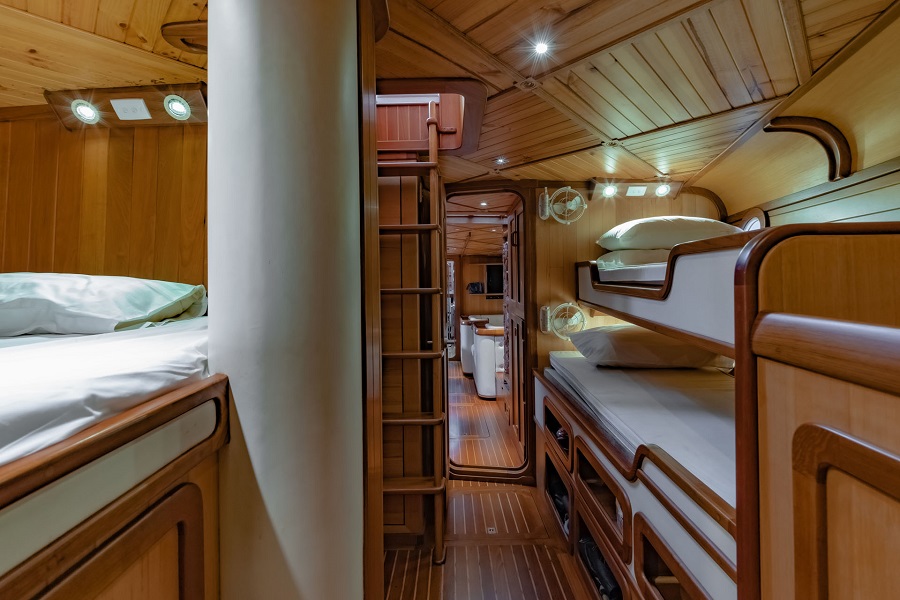
It’s an enigmatic material. Harder than chestnut, cedar, and mahogany, teak is exceptionally durable and resistant to weather, rotting, and warping. The Dutch used it to build ships in the 17th century West Indies when they ruled the seas.
Nowadays, consumers from Los Angeles to London pay massive sums for mid-century, Scandinavian teak furniture, forever entranced by its modernist appeal. It’s also becoming increasingly rare in modern applications, as contemporary craftsmanship recedes against a disposable culture and the availability of old-growth lumber diminishes.
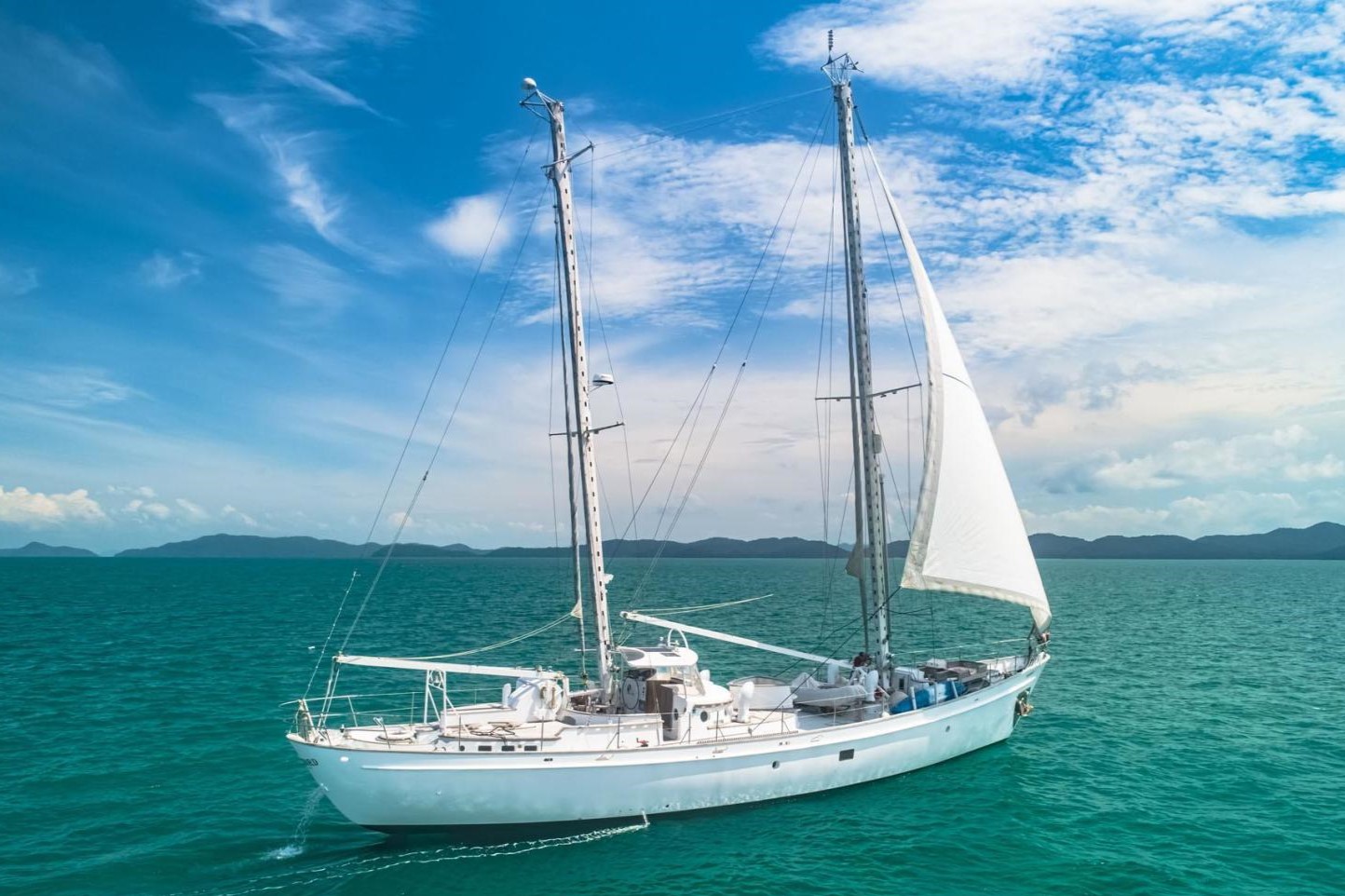
At the risk of making a farm-to-table analogy, outfitting a ship with a renowned species found near its current home further attests to the quality, uniqueness and providence of the vessel. There’s no veneer anywhere to be found aboard; everything is 100 per cent hardwood. This approach is about as artisanal as you can get.
For anyone looking to upgrade their current craft, Firebird offers an unparalleled and distinct way to make a statement. Solid and reliable, refined yet sporty, and understated in the way true luxury is meant to be.
Firebird is for sale through Martin Holmes of Northrop & Johnson for US$499,000.
martin@leemarine.net
www.northropandjohnson.com